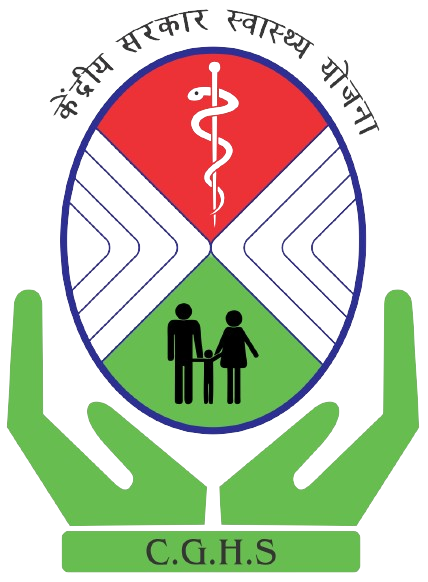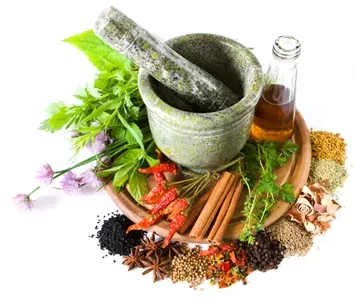Gout: Treatment, Causes, Symptoms & Prevention
Gout is a form of inflammatory arthritis characterized by recurrent attacks of a red, tender, hot, and swollen joint. Pain typically comes on rapidly in less than twelve hours. The joint at the base of the big toe is affected in about half of cases. It may also result in tophi, kidney stones, or urate nephropathy.
Gout is due to persistently elevated levels of uric acid in the blood. This occurs due to a combination of diet and genetic factors. At high levels, uric acid crystallizes and the crystals deposit in joints, tendons, and surrounding tissues, resulting in an attack of gout. Gout occurs more commonly in those who regularly eat meat or seafood, drink beer, or are overweight. Diagnosis of gout may be confirmed by the presence of crystals in the joint fluidor in a deposit outside the joint.Blood uric acid levels may be normal during an attack.







